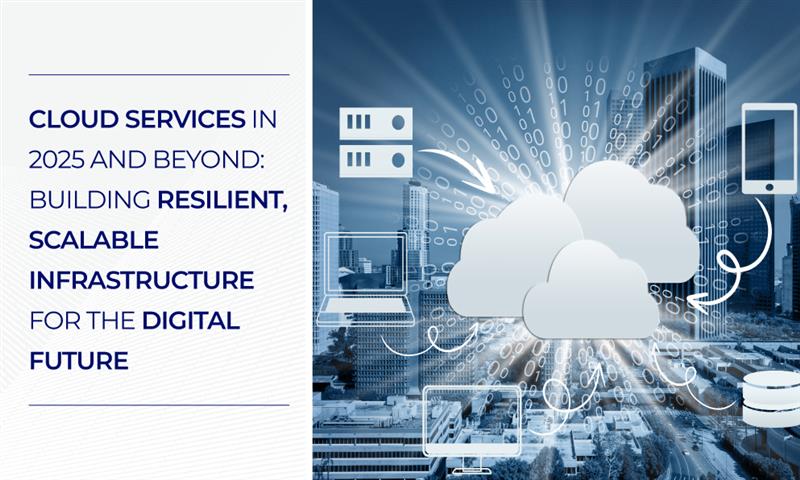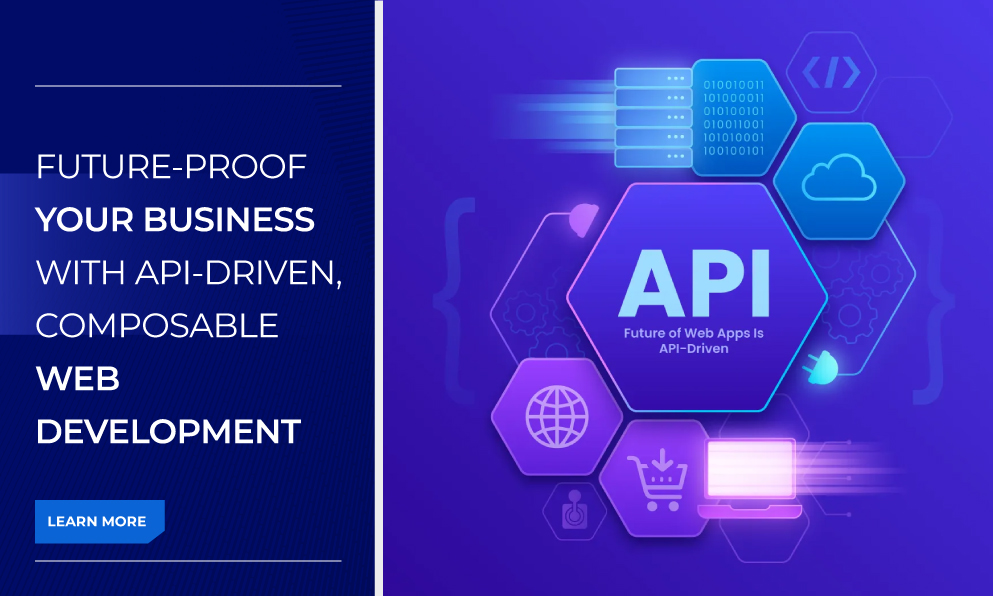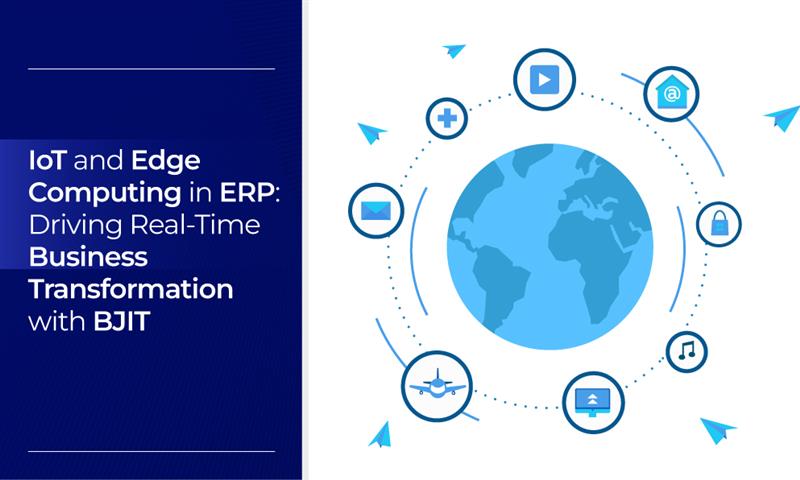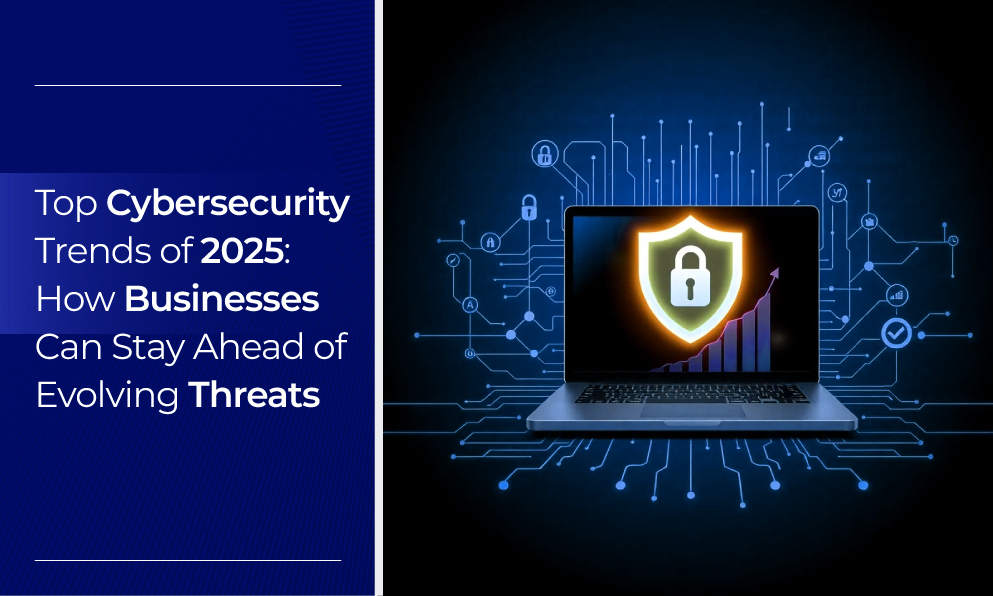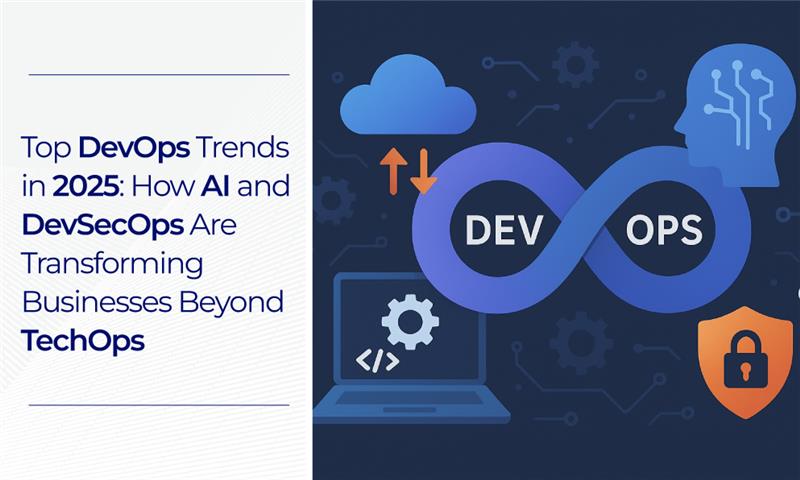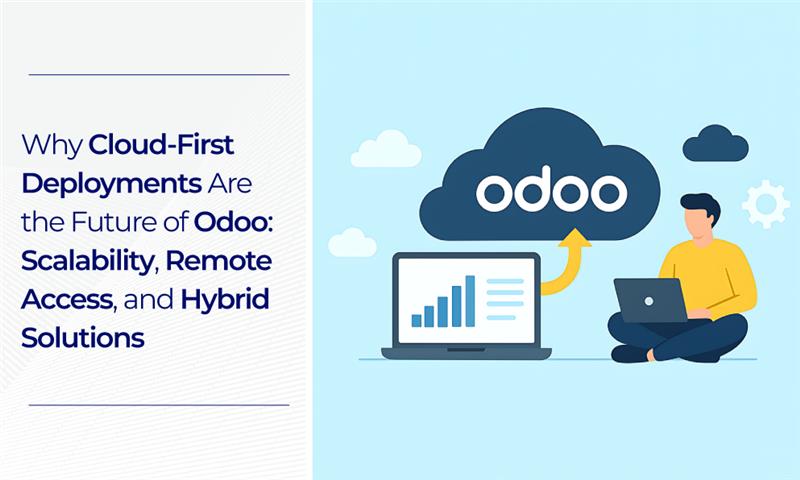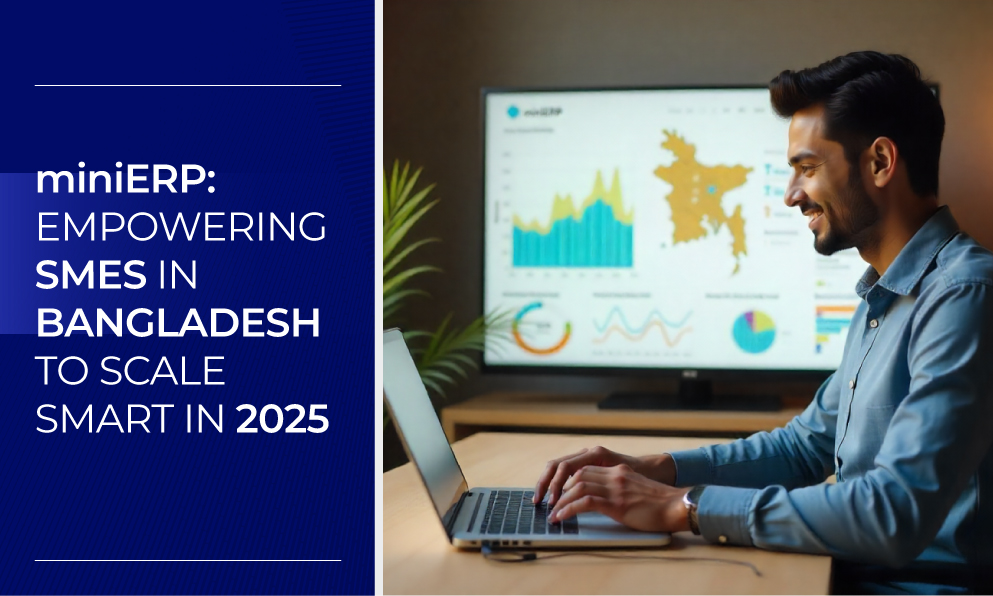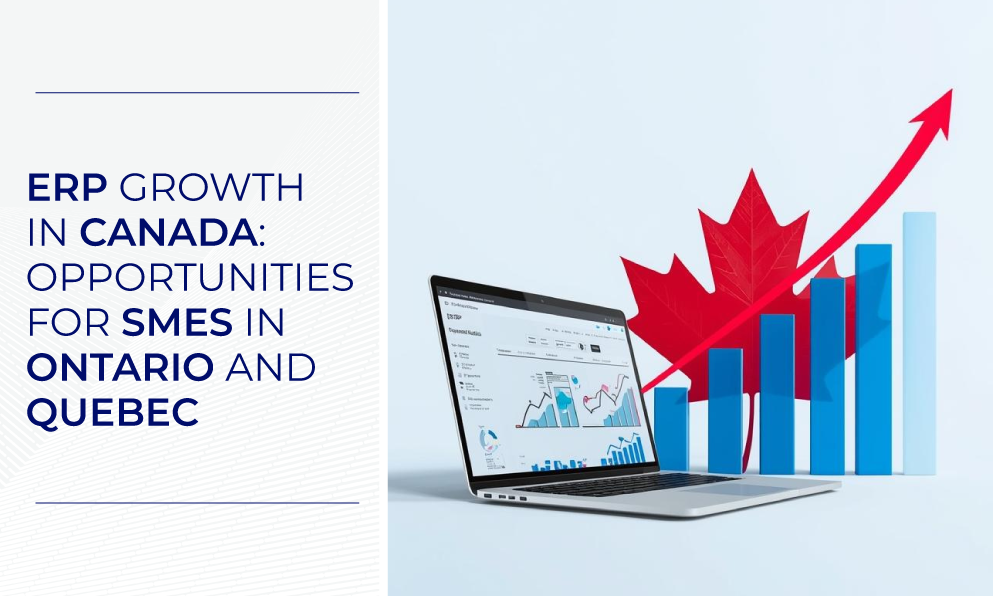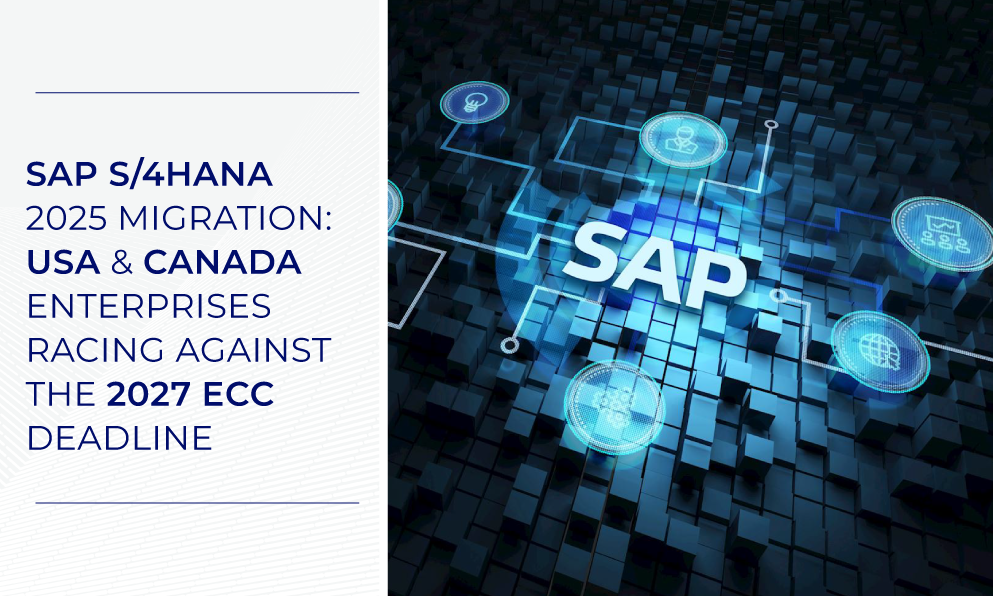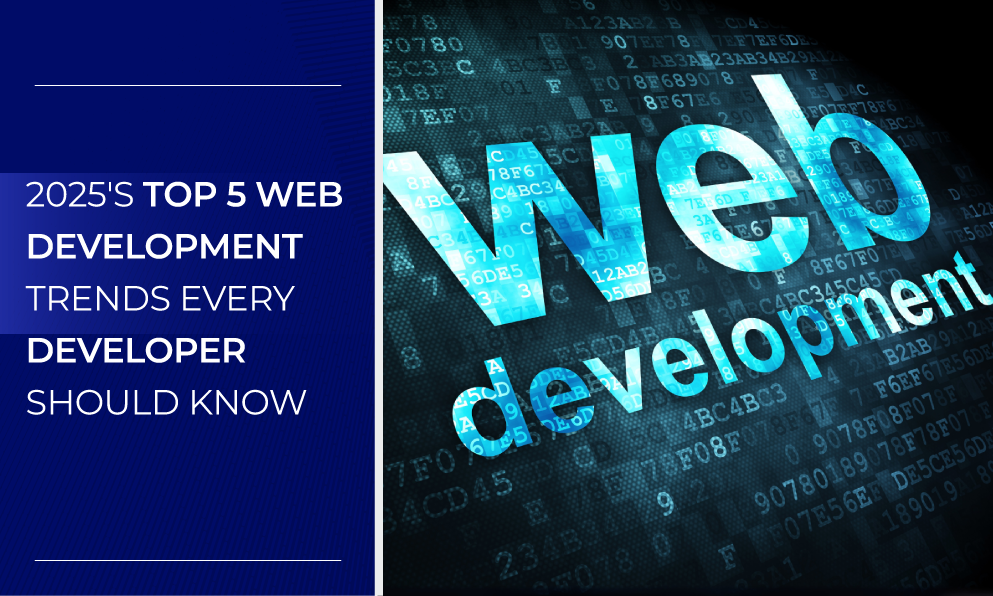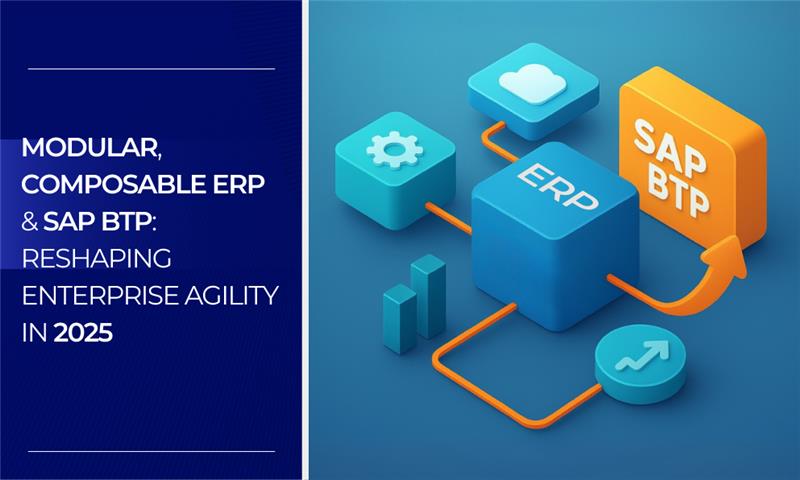As SAP phases out ECC by 2027, enterprise IT leaders, CIOs, and SAP decision-makers face a critical deadline: migrate to SAP S/4HANA or risk operational disruption, compliance challenges, and missed innovation opportunities. Smart enterprises are targeting 2026 to complete their transition and avoid a last-minute scramble. In this guide, we lay out your S/4HANA roadmap, explain the clean core SAP strategy, and show how BJIT helps enterprises accelerate their SAP modernization journey. Book a free consultation with BJIT’s dedicated SAP team that cuts your cost up to 40% with utmost quality and quicker delivery.
Why SAP ECC Is Being Phased Out
SAP has officially announced that mainstream maintenance for SAP ECC (ERP Central Component) will end by 2027, with optional extended support available through paid agreements only until 2030. This marks a significant turning point for thousands of organizations still operating on legacy SAP infrastructure. The move is driven by several critical factors that reflect both the technological limitations of ECC and SAP’s strategic vision for the future of enterprise resource planning.
1. Legacy Limitations and Outdated Architecture
SAP ECC was originally built for on-premise deployment and relies heavily on traditional relational databases. Its monolithic architecture poses significant constraints when it comes to scalability, flexibility, and performance. As digital transformation accelerates, organizations require systems that can handle real-time data processing, advanced automation, and seamless integration with emerging technologies—capabilities that ECC cannot natively support.
2. Innovation Is Focused on SAP S/4HANA
SAP has shifted its core development efforts to SAP S/4HANA, a next-generation ERP platform that leverages the in-memory power of the SAP HANA database. S/4HANA introduces real-time analytics, AI/ML capabilities, predictive insights, and process automation that ECC simply cannot match. Businesses seeking innovation, competitive agility, and digital resilience are being encouraged to migrate to take full advantage of S/4HANA’s modern feature set.
3. Cloud-First and Hybrid Deployment Support
SAP S/4HANA is engineered with a cloud-native mindset, offering full support for public, private, and hybrid cloud environments. Unlike ECC, which was primarily designed for on-premise deployment, S/4HANA gives enterprises the flexibility to run ERP workloads in a variety of environments—enabling faster scalability, lower total cost of ownership (TCO), and access to continuous updates. This aligns with SAP’s broader strategy of transitioning customers to RISE with SAP, its cloud-based transformation-as-a-service offering.
4. Pressure to Stay Secure and Compliant
As security threats evolve and regulatory requirements become more stringent, SAP ECC’s aging codebase presents greater risks of vulnerabilities and compliance issues. SAP S/4HANA, on the other hand, benefits from ongoing security enhancements, simplified compliance frameworks, and support for modern data privacy regulations like GDPR and CCPA. Staying on ECC increases the likelihood of technical debt and rising operational risks over time.
5. End of Innovation Support and Integration Challenges
After 2027, ECC users will miss out on SAP’s future innovations, including AI-based business process optimization, embedded analytics, and intelligent automation. Additionally, integration with newer SAP products (e.g., SAP BTP, SAP Analytics Cloud, and and SAP SuccessFactors) will become increasingly difficult. This limits the ability of ECC-based systems to act as a foundation for enterprise-wide digital transformation.
Support Deadline:
● Mainstream Maintenance Ends: December 31, 2027
● Extended Maintenance (Extra Cost): Through 2030
Why You Must Act by 2026
Waiting until 2027 may seem tempting, but it's fraught with risk. Here’s why 2026 is the true deadline for most enterprises:
✔ Avoid Last-Minute Bottlenecks: Thousands of companies are planning migrations, creating high demand for migration talent and partners.
✔ Mitigate Compliance Risks: New regulations often require modern ERP features.
✔ Ensure Business Continuity: Long projects risk spilling past deadlines if started too late.
✔ Lock in Support & Expertise: Secure experienced SAP partners before they are fully booked.
The 6-Step SAP ECC to S/4HANA Migration Roadmap
Transitioning to S/4HANA is complex but manageable with a clear plan and an experienced team. BJIT’s proven S/4HANA roadmap for 2026 includes:
1. Readiness Assessment: Evaluate your ECC environment, Analyze custom code and integrations, Identify business and compliance drivers.
2. Define Your Migration Strategy
Choose from:
✔ Greenfield: Fresh implementation
✔ Brownfield: System conversion
✔ Hybrid/Selective: Mix of new and legacy components
3. Business Case & Budget Planning: Build ROI analysis, Forecast TCO over 5-10 years, and Secure executive sponsorship.
4. Clean Core Implementation: Decouple custom code from the core ERP, Use BTP (SAP Business Technology Platform) for extensions, Ensure agility and ease of future upgrades.
5. Migration Execution: Data migration with minimal disruption, System conversion, testing, and validation with Security and compliance checks
6. Post-Migration Optimization: Performance tuning, Continuous improvement with SAP managed services and support.
What is "Clean Core" in SAP?
A Clean Core SAP implementation means minimizing modifications to the core ERP, using standard features wherever possible, and handling custom logic in side-by-side extensions via SAP BTP. Benefits include:
● Faster Upgrades: A Clean core makes system updates seamless.
● Lower TCO: Fewer customizations mean reduced maintenance cost.
● Cloud Readiness: Essential for smooth operation in RISE with SAP environments.
● Innovation Agility: Easier to adopt SAP’s new features, AI, and automation.
BJIT specializes in clean core SAP modernization, helping clients simplify architecture and future-proof their investment.
Real-World Migration Challenges (and How BJIT Solves Them)
Common Challenges:
● Over-customized legacy systems
● Lack of internal S/4HANA expertise
● Data migration complexity
● Downtime concerns
● Aligning IT and business goals
How BJIT Helps:
● Certified SAP migration services with proven accelerators
● Clean core planning from day one
● Dedicated S/4HANA architects and developers
● Industry-specific best practices
● End-to-end SAP managed services post go-live
BJIT is a trusted SAP partner for S/4HANA serving global enterprises across manufacturing, finance, healthcare, and more.
Key Benefits of Migrating to SAP S/4HANA Early
Migrating to SAP S/4HANA ahead of the 2026–2027 rush is more than a technical upgrade—it’s a strategic advantage. Early movers are better positioned to optimize costs, reduce risk, and accelerate innovation while avoiding the common pitfalls associated with delayed transitions. Here’s why starting your migration now is a smart move:
1. Cost Efficiency and Resource Availability
By initiating your migration before the industry-wide surge, you avoid the inevitable price spikes in consulting services, SAP talent, and system integrators. As the 2027 deadline approaches, demand for experienced SAP professionals will far outstrip supply—driving up project costs and extending timelines. Migrating early allows for better vendor negotiations, smoother resourcing, and reduced total cost of ownership (TCO).
2. Improved System Performance and User Experience
SAP S/4HANA runs on the SAP HANA in-memory database, enabling real-time data processing, faster transaction speeds, and streamlined analytics. This results in significantly improved system responsiveness, fewer delays in reporting, and a modern Fiori-based user interface that enhances user productivity and satisfaction.
3. Stronger Regulatory Compliance and Risk Management
Early adopters can align their ERP systems with evolving compliance standards and industry regulations. S/4HANA offers built-in support for data privacy (GDPR, CCPA), audit trails, and real-time risk management tools. Migrating early ensures that your enterprise is proactively equipped to handle compliance challenges before they become urgent or costly.
4. Access to SAP’s Latest Innovations
SAP is investing all new innovation in the S/4HANA platform—including AI/ML integration, predictive analytics, robotic process automation (RPA), and IoT-enabled business processes. Delaying migration means missing out on these transformative features. Early migration allows you to future-proof your business, ensuring you stay ahead of the curve with access to SAP’s intelligent ERP roadmap.
5. Competitive Advantage and Business Agility
Moving early lets you transform business processes on your own timeline, rather than under pressure. It provides the opportunity to redesign outdated workflows, integrate with modern cloud platforms, and build a foundation for data-driven decision-making. This agility creates a distinct competitive edge over businesses that delay until the last moment.
BJIT: Your End-to-End SAP Modernization Partner
At BJIT, we specialize in helping enterprises successfully navigate the complexities of SAP ECC to S/4HANA transformation. Whether you're in the early stages of planning or ready to execute, BJIT provides comprehensive, full lifecycle SAP modernization services tailored to your business needs. Book your free consultation with BJIT.
Strategic Planning & Readiness Assessments
We start by conducting a thorough SAP landscape evaluation, business impact analysis, and readiness assessment to define the right migration roadmap. Our strategic advisory services ensure that your move to S/4HANA aligns with both IT capabilities and business goals.
Clean Core Implementation & SAP BTP Integration
BJIT ensures a clean core S/4HANA implementation that eliminates unnecessary customizations, reduces system complexity, and boosts maintainability. We also integrate with SAP Business Technology Platform (BTP) to enable extensions, APIs, analytics, and intelligent business process automation.
Comprehensive Migration Services (Greenfield, Brownfield, Hybrid)
We support all major SAP S/4HANA migration approaches:
✔ Greenfield: New implementation from scratch
✔ Brownfield: System conversion with existing processes and data
✔ Hybrid: Selective transformation combining new and legacy components
Our experts work closely with your teams to select and execute the best-fit migration strategy with minimal disruption and maximum business value.
24/7 SAP Managed Services Post-Migration
Your transformation doesn’t end at go-live. BJIT provides round-the-clock SAP managed services to ensure operational continuity, performance optimization, issue resolution, and ongoing system enhancements. We’re your long-term partner in digital ERP success.
Ready to modernize with confidence?
Partner with BJIT to accelerate your SAP S/4HANA journey—on time, on budget, and future-ready.
Book a Free S/4HANA Readiness Consultation
Take the first step toward modernization. Schedule a complimentary SAP readiness consultation with BJIT's experts and receive a tailored roadmap.
Download Your SAP Migration Checklist
Planning your migration? Download our expert-created SAP ECC to S/4HANA checklist PDF to track key tasks, deadlines, and risks.
Talk to a SAP Expert at BJIT
Have questions? Our SAP-certified consultants are ready to discuss your migration plans, challenges, and opportunities.
FAQ: SAP ECC to S/4HANA Migration
When is SAP ECC support ending?
SAP ECC mainstream support ends on December 31, 2027. Extended maintenance is available until 2030 for an additional cost.
What is a Clean Core in SAP?
Clean core refers to minimizing customizations in your ERP system and using SAP BTP for extensions, making upgrades easier and keeping the system agile.
Why migrate to S/4HANA early?
Early migration reduces risk, ensures access to migration experts, minimizes costs, and positions your organization for innovation and compliance.
What are the main SAP S/4HANA migration strategies?
There are three primary approaches: Greenfield (new implementation), Brownfield (system conversion), and Hybrid/Selective migration.
How can BJIT help with SAP ECC to S/4HANA migration?
BJIT offers end-to-end services, including readiness assessments, migration execution, clean core enablement, and post-migration managed services. Book a free consultation with BJIT’s SAP development experts. We would love to answer your concern or queries.
References
SAP SE. (2020). SAP S/4HANA Movement and SAP Business Suite 7. Retrieved from https://www.sap.com/products/s4hana-movement.html
SAP SE. (2023). SAP Business Suite 7 Maintenance Strategy Update. Retrieved from https://support.sap.com/en/release-upgrade-maintenance/maintenance-strategy.html
Gartner. (2022). Best Practices for SAP S/4HANA Migrations. Retrieved from https://www.gartner.com/en/documents/4005299
BJIT. (2024). SAP Migration Services. Retrieved from https://bjitgroup.com/solutions/sap-services/
